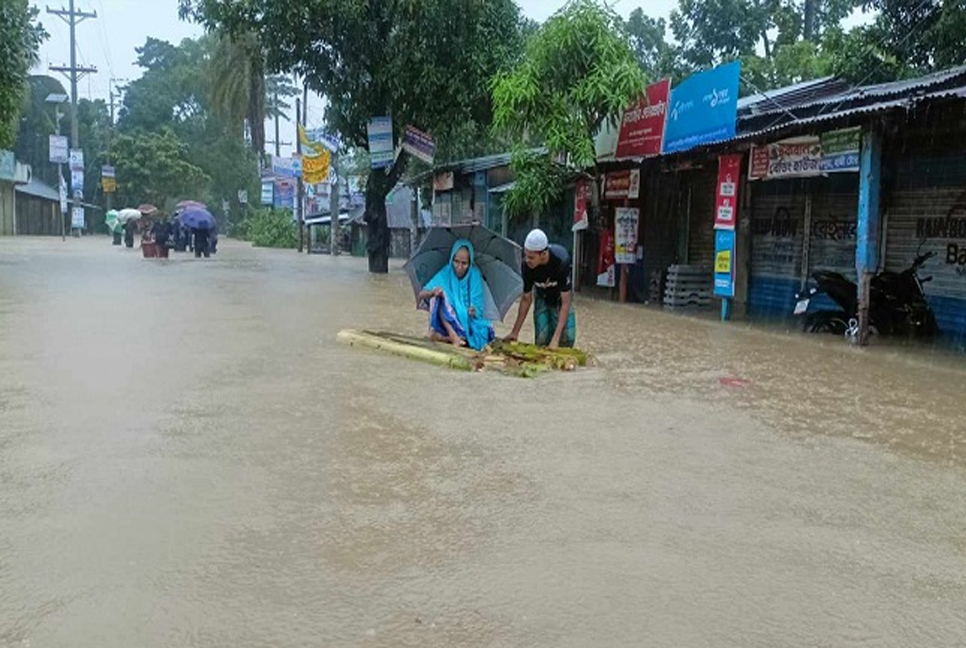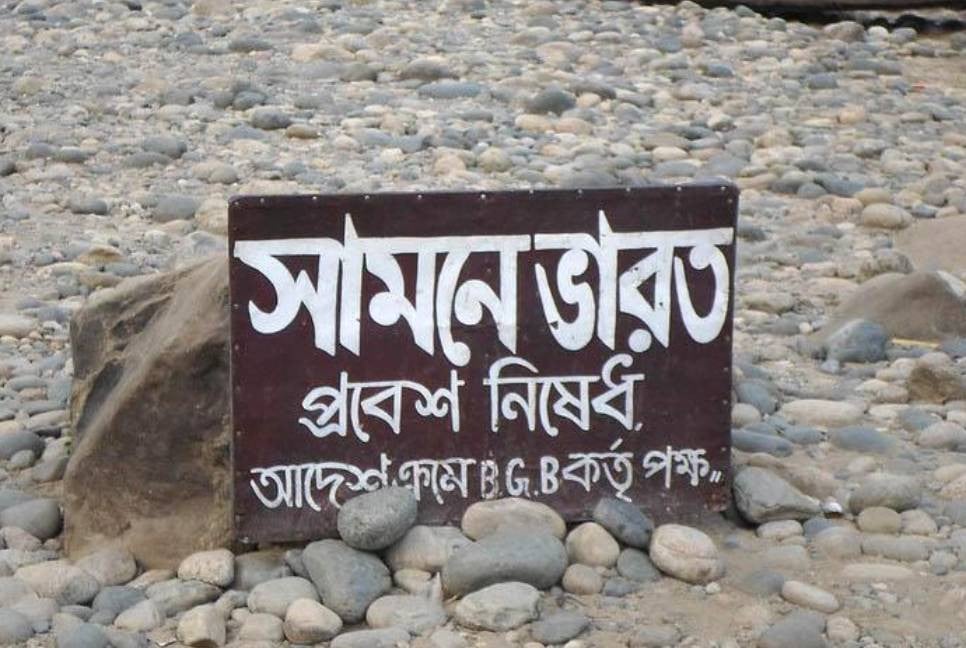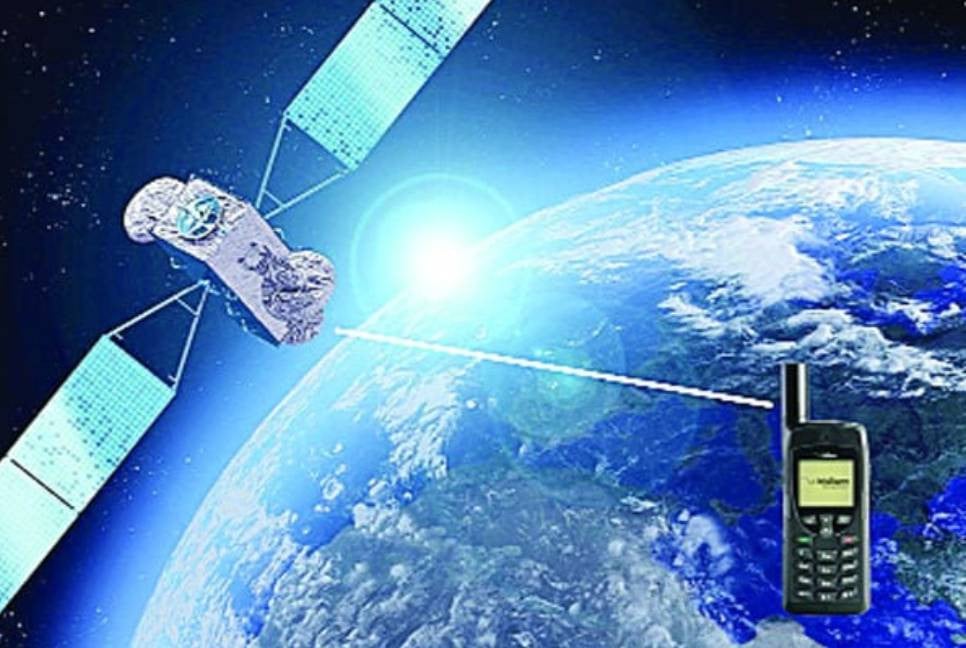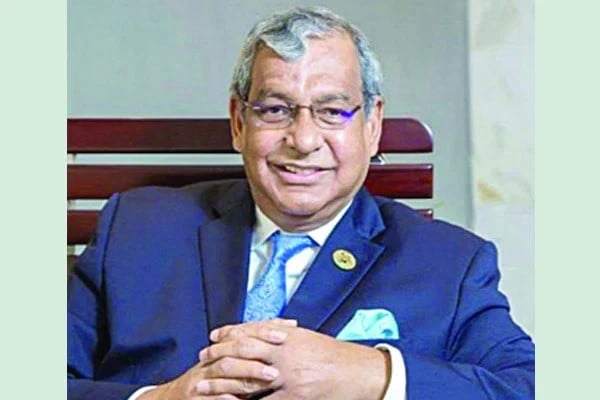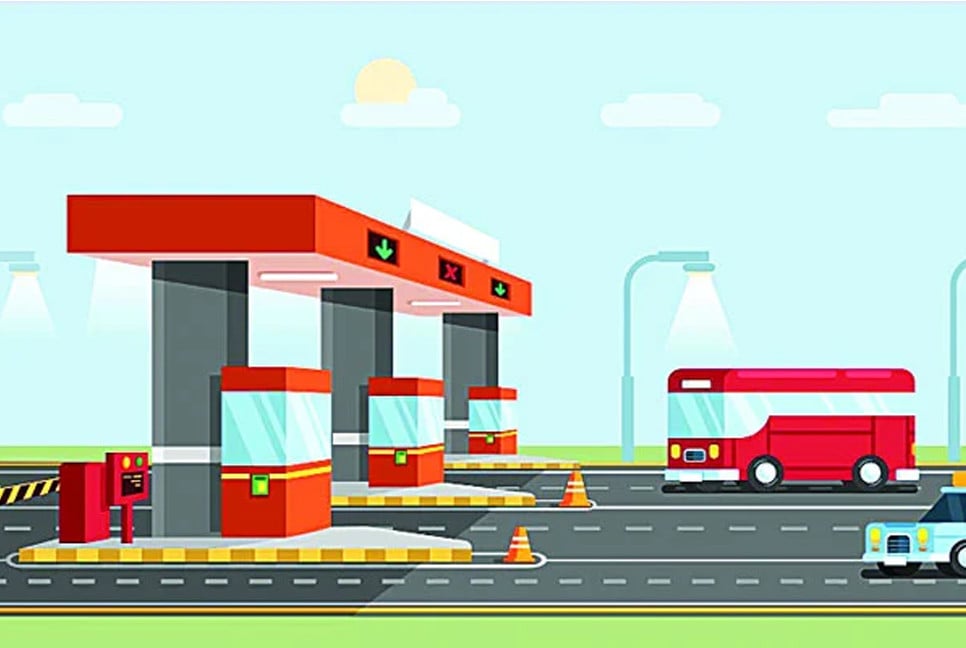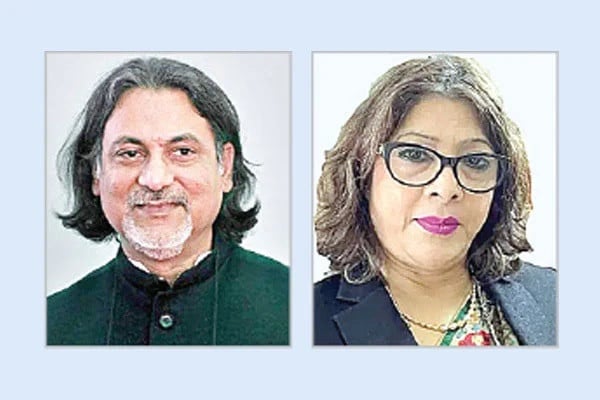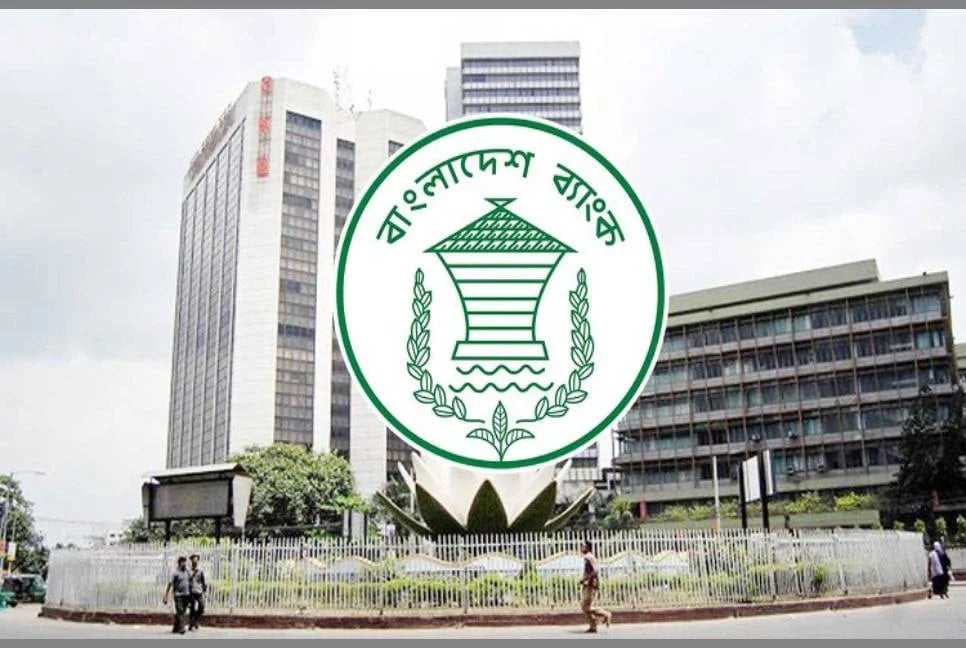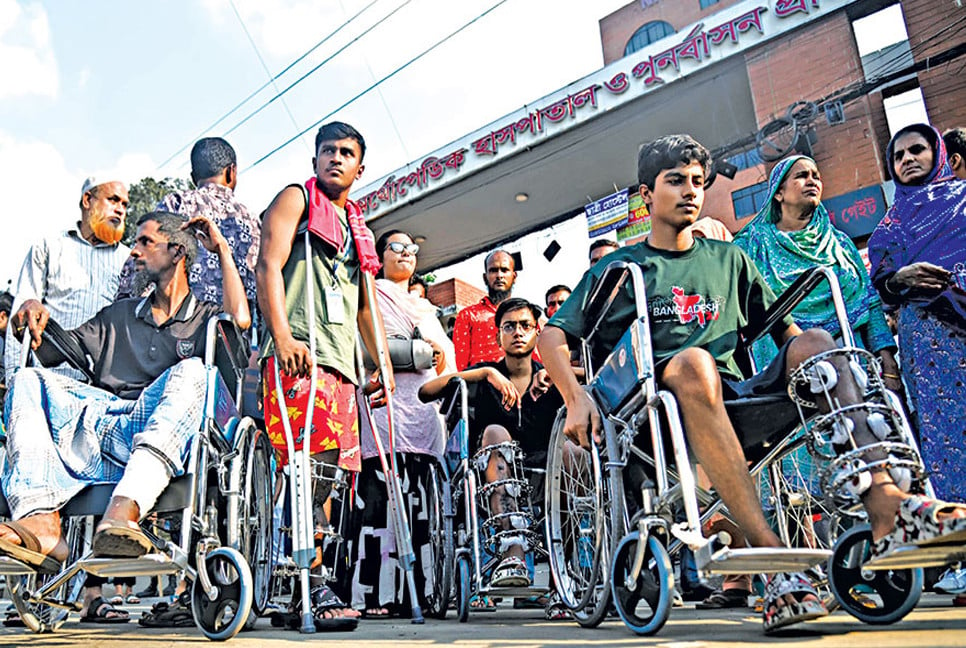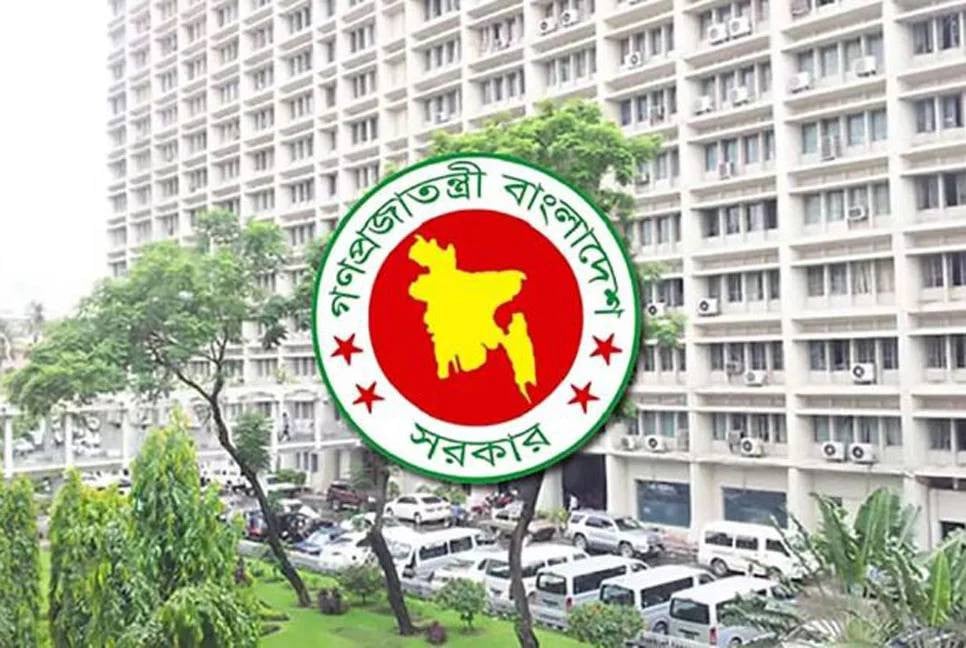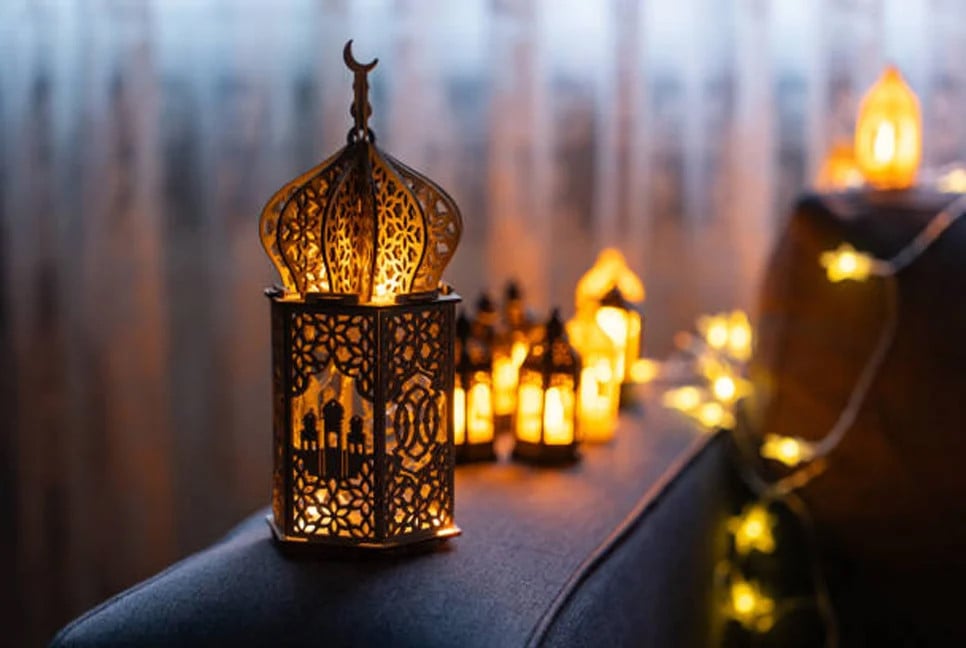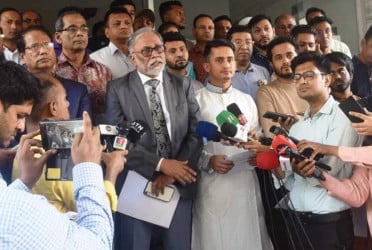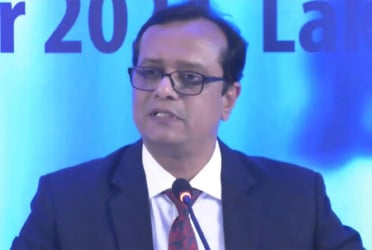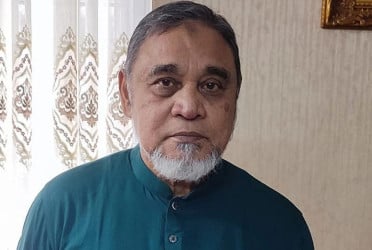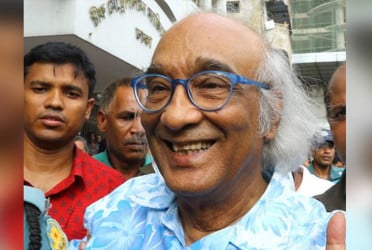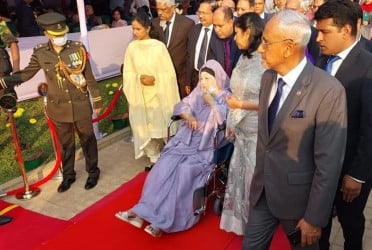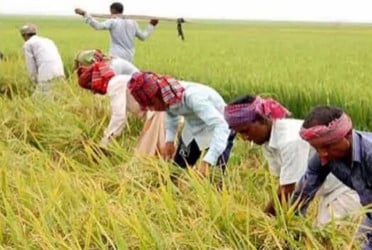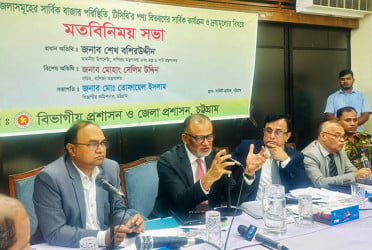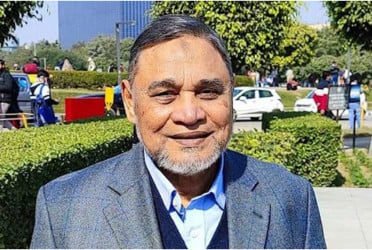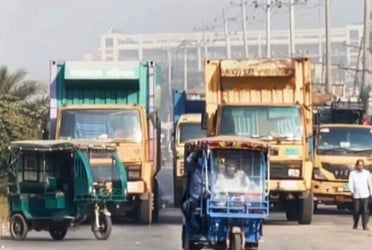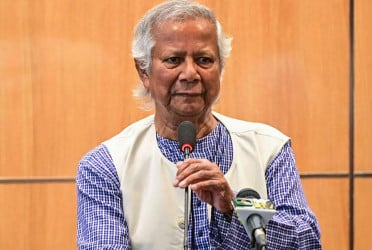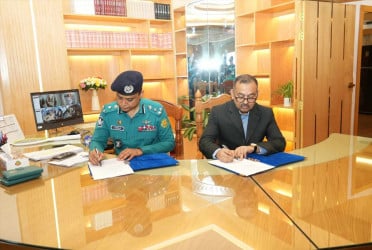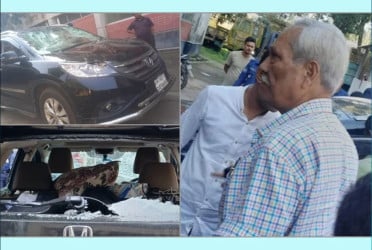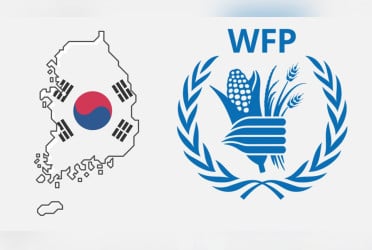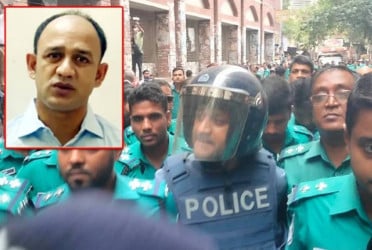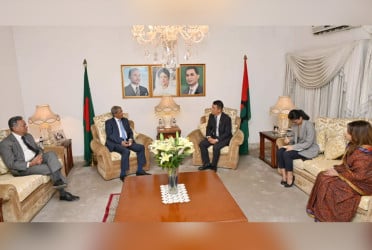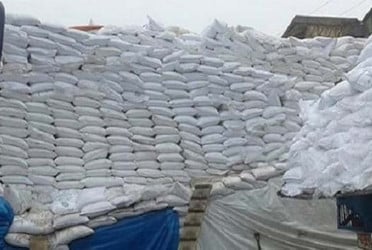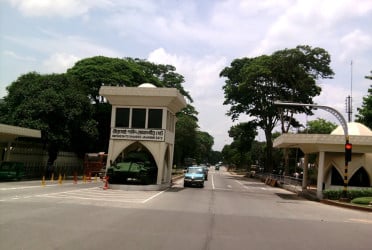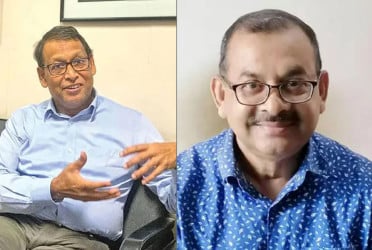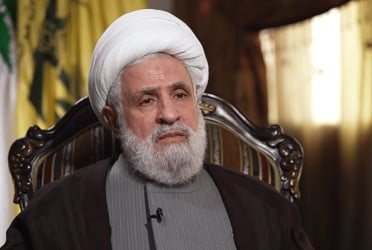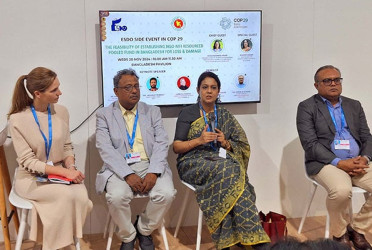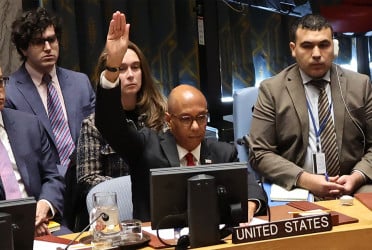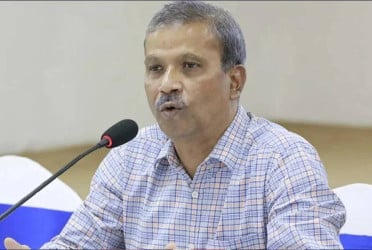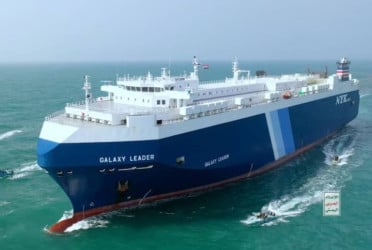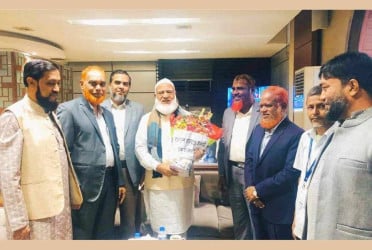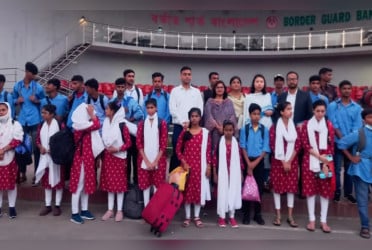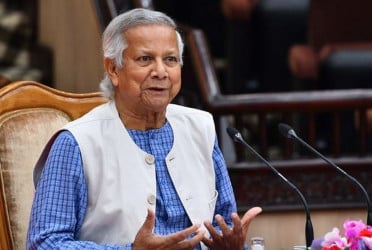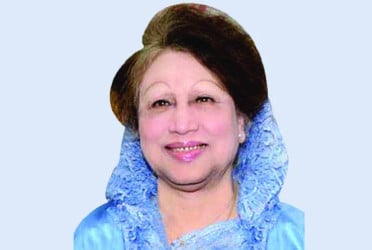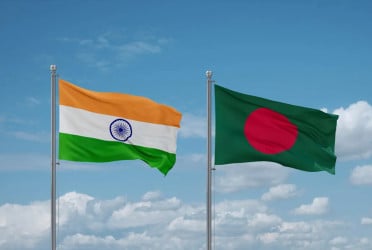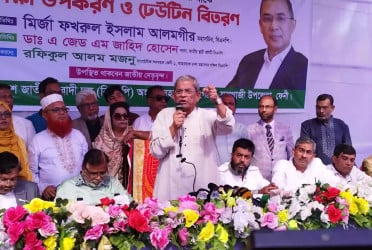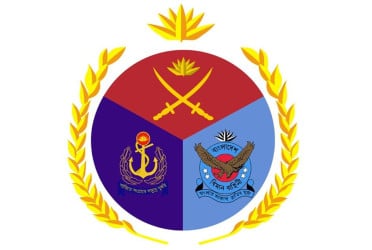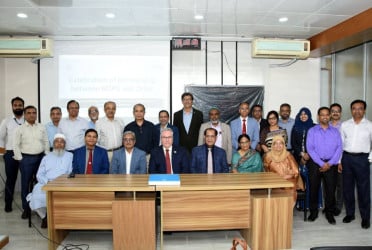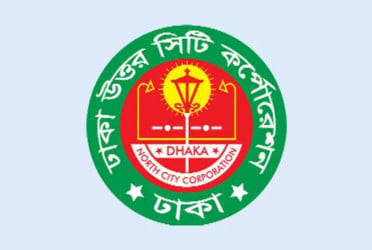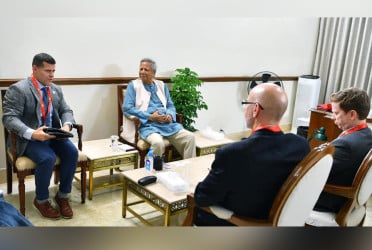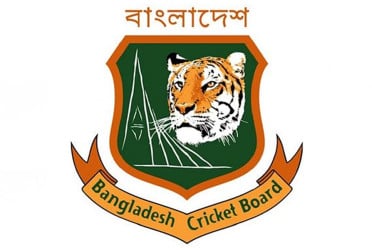Bangladesh has been undergoing the most severe floods from time immemorial. Many people are accusing India as they’ve open up the dams without informing Bangladesh. Some of them are demanding of building counter dams in Bangladesh.
To find out what are the permanent solutions to flood problems, Shamim Ahmed, the correspondent of The Bangladesh Pratidin, talked to 3 experts of the country.
Water resources and climate change expert emeritus professor Ainun Nishat said, “The first thing needed to control the flood is to build a dam in the hilly areas upstream, so that the excess water of the monsoon can be retained there. Even after that there may be rains beyond the capacity of the dam. For this, strong dams can be built on both sides of the river.”
He said this to The Bangladesh Pratidin on Saturday regarding the permanent solution to the floods. Ainun Nishat said there is no permanent solution to floods. Floods occur all over the world. There is nothing to do in case of a major flood. Moderate flooding can be controlled.
He said, “Many of us do not understand the difference between embankment and dam. One is across the river; another is parallel to the river. Dams retain water, allowing water to flow downstream, saving the area around the dam. An example is Kaptai. Earlier, there was a lot of flooding in the downstream areas of the Karnaphuli river, especially Rangunia of Chittagong city and the surrounding areas. After 1962 we forgot about that flood. Floods don't happen like that. Similarly Gomti was the ‘Sorrow of Cumilla.’ But the last 30 years have not had such a big flood, because India has built a dam upstream. But it can rain below the dam too. For this, strong dams should be built on both sides of the river. For example, there are strong embankments from Tongi to Ashulia to Mirpur, Kalyanpur and Mitford hospital area. Had it not been for this, the floods of 1987-1988 could have been more. Without that dam, Kalyanpur would have been under water. For this, if possible, a dam upstream and a strong embankment on both sides of the river which will not break under the pressure of water can be a solution. Along with this, the flood forecasting system should be modernized and made understandable to the people.”
Ainun Nishat said, “Common people do not understand the language used by the Meteorological Department in the forecast. Use language that people can understand. For example- Delhi issued an orange alert a few days back. A red alert was issued in Agartala. A red alert has been issued within 10-20 km of our border, but our meteorological department is not saying anything. So these forecasts should be reviewed and made understandable to common people and should be made accessible to everyone.”
Mohammad Ejaz, chairman of the River and Delta Research Center (RDRC), said that just as murder for murder is not a solution, dams for dams are also not a solution to floods. These are silly thoughts. The course of the river cannot be blocked by dams. This river researcher said this in an interview given to The Bangladesh Daily on Saturday.
Mohammad Ejaz said, “According to international law, all the countries concerned have equal rights in trans-boundary rivers. Fair share of water should be realized through diplomacy. Don't get excess water during rainy season, and don't get less water during dry season. For this, India-Bangladesh should go for joint river management.”
He said, “It is important to do three things to reduce the risk of flooding. First, India has to go for joint river management in the rivers it has dammed. Both countries will get continuous information about water flow and water management decisions will be taken jointly by both countries. If necessary, we have to pay part of what India has spent on building the dams. Firstly, control should be with both countries. Secondly, smart flood warning systems should be introduced for both countries. Just as tsunami warnings are given in Japan, warnings should be sent to everyone's mobile phones a few days before the flood in a language that is understandable to common people. Thirdly, all occupied rivers should be rescued and raised by dredging. Local people should also be involved in this work. In no way should the river be encroached upon.”
Mohammad Ejaz said that many people on social media are talking about building dam on the trans-boundary rivers that India has built inside Bangladesh to stop the upstream water. They want to pay money for that. I will say - the government is short of money, give this money to the government. Bangladesh is the country of downstream. Naturally, the upstream water will go down through here. If it rains too much, if the water does not go to the sea, there’ll be flood. Damming will not solve the problem. The reverse can be reversed. Apart from this, many people have no idea how much it will cost to build so many dams. The opposite solution to dams is to remove dams. India has destroyed the navigability of our rivers by building the dams on 30 transboundary rivers. But if you want to do something in the transboundary river, you have to get the consent of the countries concerned. They didn't do that. Now we have to go for joint river management by holding talks with India. If necessary, we can give a part of the cost of building the dams. They give less water in dry season, release more water in rainy season. On the one hand, the rivers are losing their flow and the country is under the influence of floods during monsoon. It is necessary to determine the reasonable amount of water in specified seasons by discussion with India. Joint river management should be formed to implement it.”
Director of Riverine People and river researcher Professor Dr. Tuhin Wadud said, “Floods are a natural reality. There is no such thing as a permanent solution. But there should be solutions that are humanly possible. Our first weakness is not signing the international watercourses convention. As a result, we cannot ask for a remedy for the injustice that is happening to us with the water of the transboundary river. Signatories to the Convention should seek legal remedies as soon as possible. Secondly, if we manage our rivers scientifically, we could avoid many floods.”
He said this to The Bangladesh Pratidin on Saturday regarding the permanent solution to the floods.
He also said, “We have to think on several levels. 54 rivers are said to be upstream with India. Actually there’re more than one hundred and fifty rivers. I have an account of 130 rivers. First we need to ensure the recognition of all the transboundary rivers. Secondly, we are saying that India cannot do this according to the International Watercourses Convention of 1997. But Bangladesh has not ratified the International Water Sharing Convention. At the time of the convention, it was said that it would enter into the treaty after 35 countries had ratified it. In 2014, Vietnam became the 35th country to ratify the Convention. However, the convention is most important for Bangladesh. As a result, we have not been able to create the right that Bangladesh wants. Hence, Bangladesh must first ratify the International Water Flow Convention. Then we’ve to seek legal remedy. Thirdly, we need to have a concrete dialogue with India for basin-based river management. The knee-jerk attitude we have seen in the past in seeking water from India was a shame. It is our right to insist on our fair share of water. Fourthly, the International Water Flow Convention states that if there is a power plant upstream, the downstream country will get its share. If an upstream country builds a dam, the upstream country will compensate for the loss of the downstream country. So we have to ask for this compensation. Before that, the Convention must be ratified. If these can be done, there will be a solution with the transboundary rivers. But it is not only those rivers that cause the problem. The age of Teesta River is 237 years. This river has not been maintained even once during this long time. On the contrary, all the branches of this river have been shrunk. We would have avoided many floods if these rivers had been scientifically managed. In other words, just as there should be bilateral management of transboundary rivers, there should also be management of the rivers within the country. These are major areas of permanent solution to flooding.
The river researcher said that there is no justification for building dams against dams. If India can withdraw all the water, then it will not give water to Bangladesh even in monsoon. They have taken inter-river projects, what we call basin projects, i.e. transfer of water from one river to another river.
(The report was published on print and online versions of The Bangladesh Pratidin on August 25 and rewritten in English by Lutful Hoque Khan)

